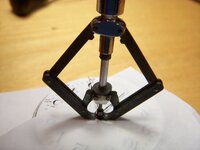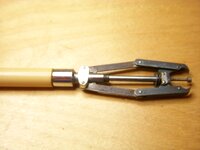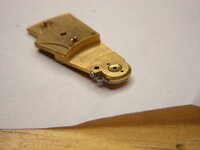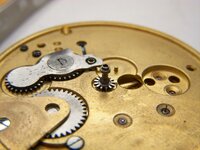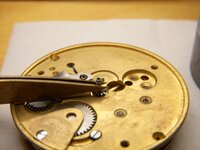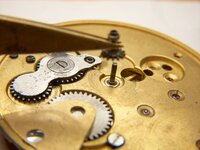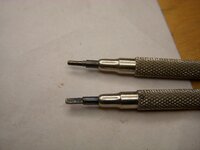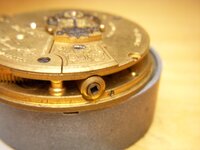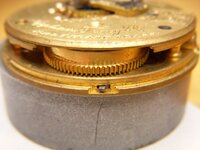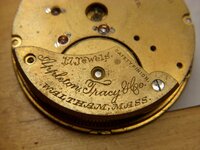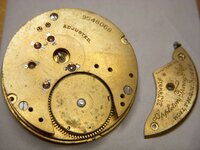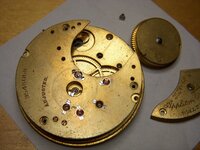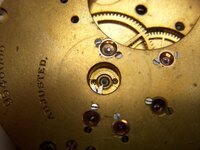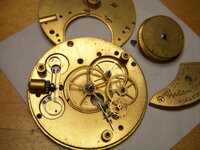Nitric
Silver Member
- Thread starter
- #21
That is awesome Nitric, and I thought some of the trigger mechanisms I play with were tiny and complicated! I'm truly enthralled and hynotized by shiny objectss, no seriously I could stare at the working of a pocket watch for hours. If you get a chance would you take a photo of the basic tools needed for working with watches and give a little description of what each does? I'm finding that a lot of the material out there assumes the viewer/reader already knows what their looking at.......Maybe you should do a youtube channel on basic how to's and techniques?
I'm no expert in any of this, But sure! I'll take some pics and explain what I know.I'm the "backyard mechanic" type of pocket watches! I still have "mystery" tools and have no clue what they do!
 I'll put some on later this afternoon.
I'll put some on later this afternoon. Hey! Since there is so many watch posts lately in different threads! We need a watch forum!

I wish someone would do a series of youtube video's, there are a couple of guys on there. But there is nothing on there of any advanced stuff. Which is some of the stuff I need to learn. The basic stuff I have down. The biggest problem is Parts! So anyone getting into this even as a hobby in the future has to know how to make parts. That's what I'm wanting to know from one end to the other...And hey! They use to do it with no electric! Crazy to think about! when you look at stuff as far or earlier than the 1600's.
Amazon Forum Fav 👍
Last edited:


